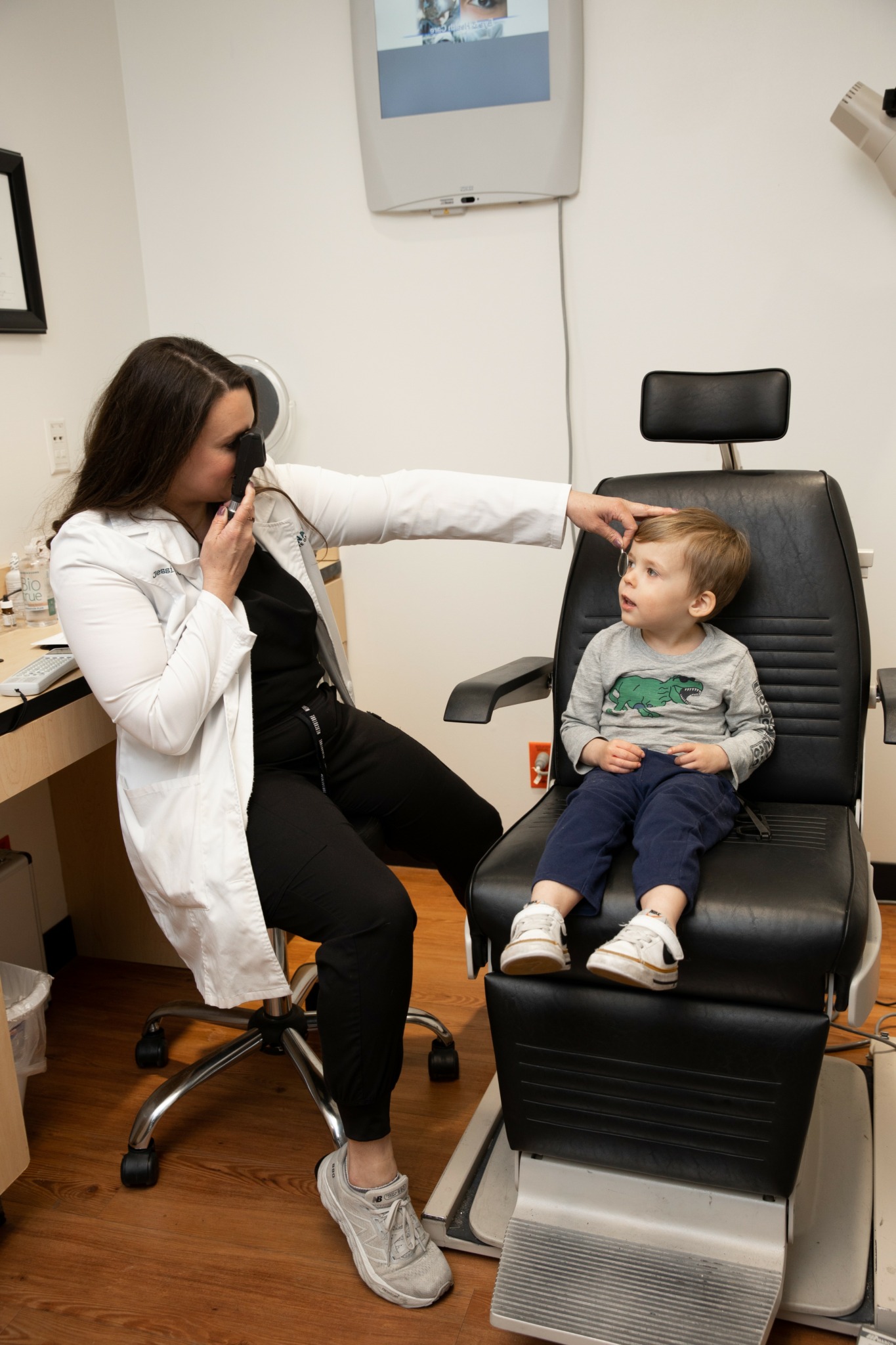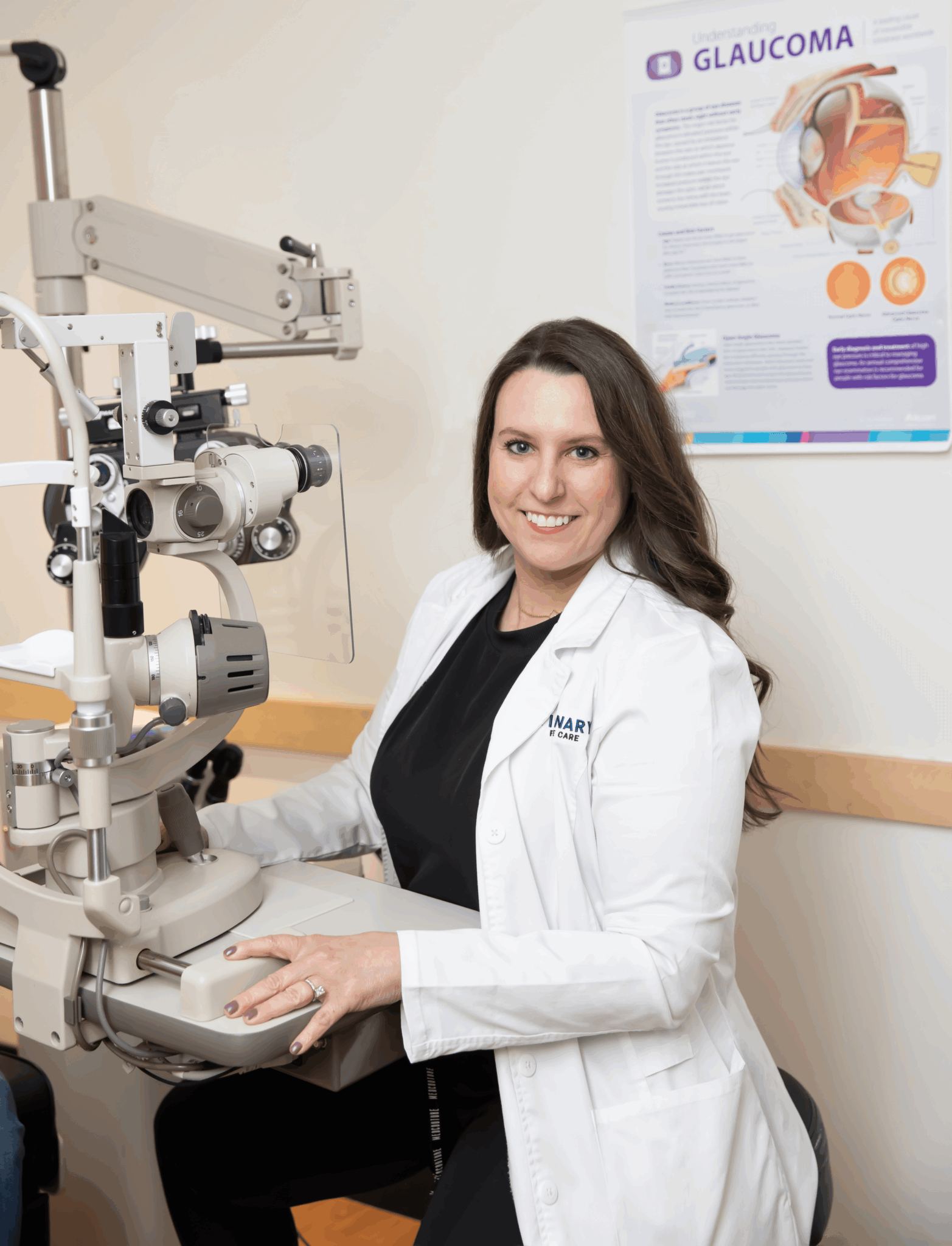We caught up with the brilliant and insightful Jessica Fawer a few weeks ago and have shared our conversation below.
Alright, Jessica thanks for taking the time to share your stories and insights with us today. We’d love to have you retell us the story behind how you came up with the idea for your business, I think our audience would really enjoy hearing the backstory.
I previously worked as an optometry associate for almost 7 years at a joint optometry/ophthalmology practice. We focused equally on medical and routine eye care. I worked with a base salary plus production bonus. In the two years prior to leaving, my annual bonus grew from $0 to $39,000. I was projected to increase that to almost $50,000 if I had finished the year (I left October 30th).
My decision to open a practice on my own was born out of frustration with our health care system. We accepted both vision and medical insurance, often allowing patients to use both if they were being seen for a routine exam (vision insurance) and needed special testing for a medical eye condition (medical insurance). Too often I saw that patients still paid over $50 at the time of service and then received bills after. I found that patients were getting upset, but it was due to the complicated nature of medical/vision insurance. Early in my career I began researching how to cut vision insurance from the practice since the reimbursement rates continue to decrease, even more so than medical reimbursements.
Once my husband and I decided we were ready to move, we chose an area that I found was in need of more eye care. Most eye clinics in the area have at least a 2-3 month wait, which is not sufficient for patients who lose/break their only glasses or run out of contact lenses. Many of the clinics cannot even fit emergency exams into their schedule, either. I was originally looking to open a boutique optical, which was an investment of $500,000. That eventually fell through and I started looking at renting space as an independent optometrist in Walmart. Optometry school always discouraged working for corporate companies due to their focus on glasses and contact lens sales. Mississippi, however, is a two-door state. This means the doctor rents space but is completely independent of Walmart.
Choosing to open my independent practice in Walmart has been amazing. By choosing not to accept any insurance, my fees are lower than most and I don’t have to see as many patients to meet the necessary return. I previously was seeing 25-30 patients a day and delegating most of the work to technicians. In my new clinic, I do most of the clinical work and spend more time with the patients. I will be happy consistently seeing 10-12 patients a day and still take home more than I was making as an associate. The most significant hurdle is capturing patients that want to use insurance. For the patients that need to be seen quickly, there’s no problem. I can also easily have the conversation about the benefit of self pay vs insurance in the room with patients, but attempting to do that on the phone is significantly more difficult. That’s where the location is key. By operating inside a Walmart, foot traffic never stops and most patients already know they can find an eye doctor in Walmart.
Although the decision and execution was stressful, I always knew I’d be able to make it work. I’ve been open for eight months and still have slower days but the business is meeting the projected revenue each month even if the number of patients is lower than anticipated.
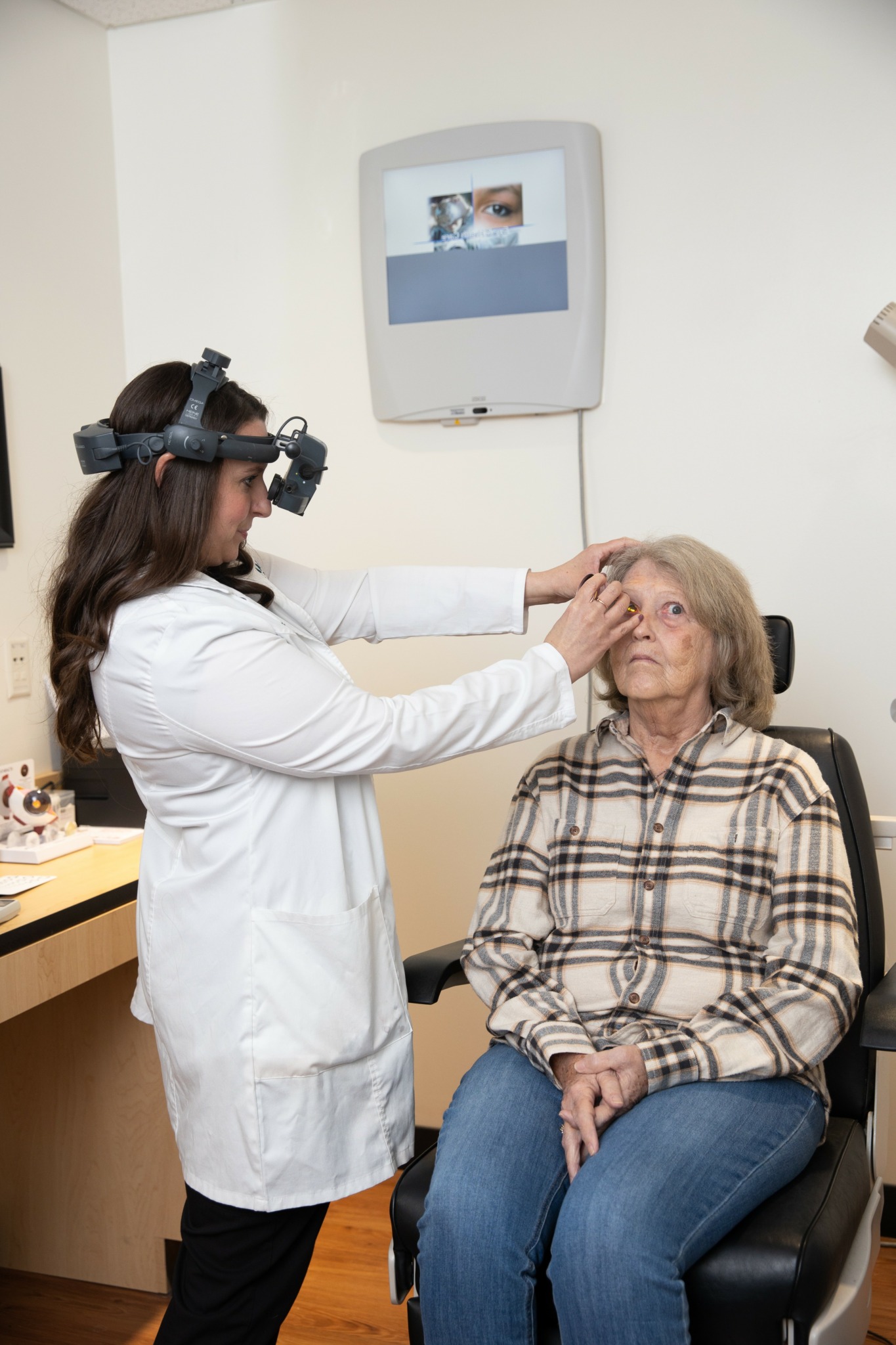
Jessica, love having you share your insights with us. Before we ask you more questions, maybe you can take a moment to introduce yourself to our readers who might have missed our earlier conversations?
I have been practicing optometry for nearly 10 years in Louisiana and recently moved to the Mississippi Gulf Coast seeking a better lifestyle for my family. I started wearing glasses and contact lenses at 11 years old and I specifically remember thinking how boring the profession must be. As I was studying neuroscience at Rhodes College in Memphis, I realized my interest in the visual system and began my journey to become an optometrist. I graduated from UAB School of Optometry in Birmingham and completed a residency in primary eye care at Southern College of Optometry in Memphis (again). I enjoy providing eye care for the whole family, whether it’s fitting contact lenses, treating an eye turn, managing glaucoma, or seeing patients for eye-related emergencies.
I am most proud of making my dream a reality by successfully opening my own clinic. I pride myself in prioritizing the patients- from the cost of services, to the time spent in the office, to providing solutions to problems that other doctors may not have listened to. Patients often state they have never had such a thorough eye exam before, which I find interesting because I provide care in a way that I was taught to do. The difference is that I do not delegate the exam components to technicians and I take the time to listen to patient concerns, as well as educate patients on eye conditions and what to expect as we age.
I would like patients to know, regardless of whether they choose to come to my clinic or not, that eye exams are just as important as going to the dentist yearly. It is recommended that patients have their first eye exam by 1 year old. Many eye conditions that occur early in life are preventable if detected and treated early. Too many people think that having good vision means the eyes are healthy and only seek eye care when there is a problem with vision. The problem is that children, and especially infants, do not know what normal vision should look like and are not capable of letting parents know there is a problem. In addition to conditions that cause visual problems, many diseases of the eye can occur with perfect vision. Glaucoma, for example, can become advanced to the point where a patient has tunnel vision but can still see 20/20. Eye doctors are also the only medical professionals that can see the blood vessels without making an incision or taking images. We can help diagnose conditions such as diabetes and high blood pressure, and can even make referrals for imminent blood clots or strokes.
Another important service to note is that we now have ways to slow the progression of nearsightedness. Myopia, or nearsightedness, is projected to affect 50% of the U.S. population by 2050 and is a leading cause of preventable vision loss. By attempting to keep a nearsighted prescription as low as possible, we preserve functional vision without glasses or contact lenses and prevent conditions that nearsighted patients are at risk of, such as glaucoma, macular degeneration, and retinal detachments. If you take nothing else from what you are reading, please schedule you and your family’s annual routine eye exam if you do not already do so.
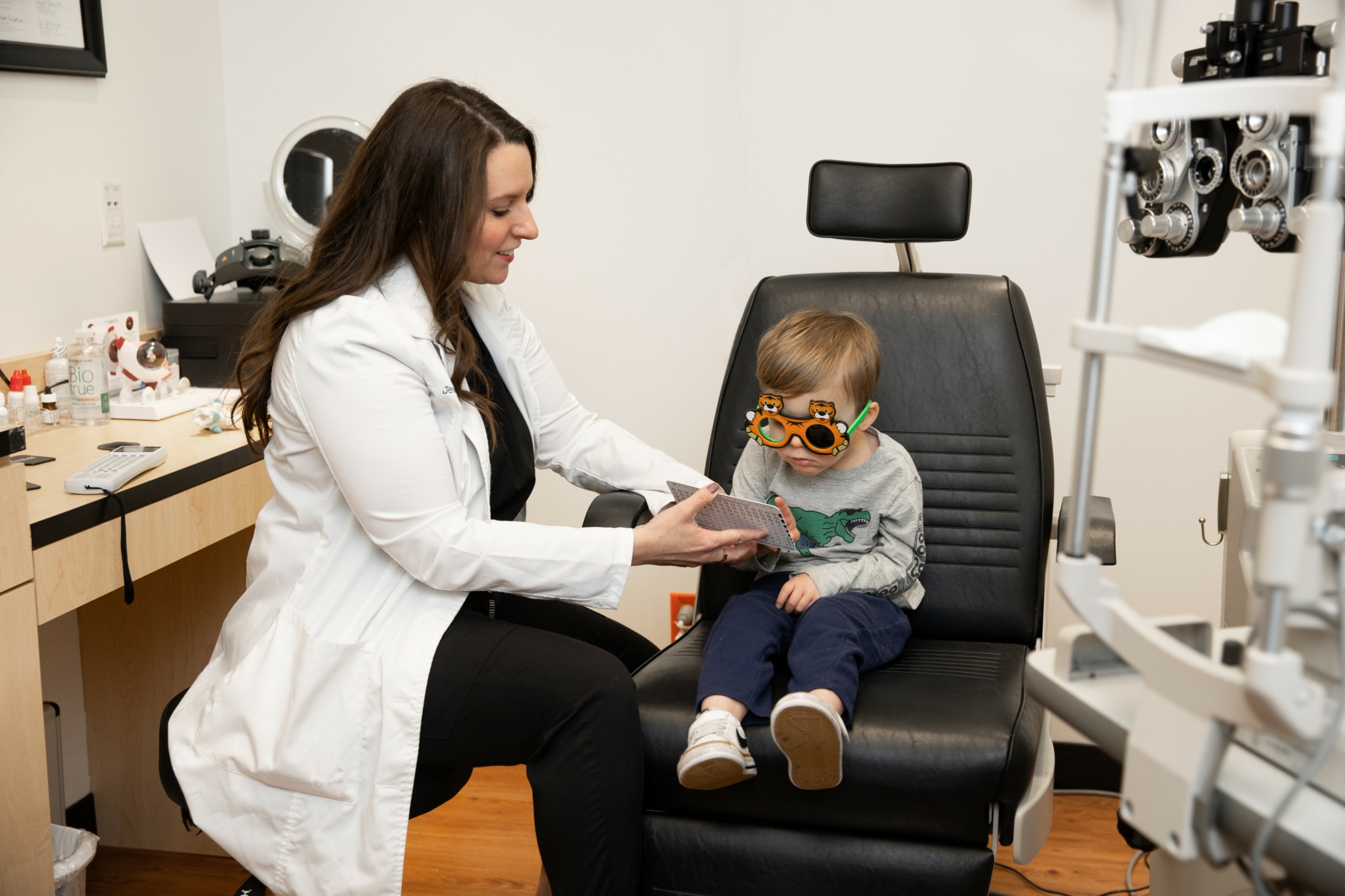
Can you talk to us about how you funded your business?
I originally sought to open a boutique optical. This business venture would have required a $500,000 loan, which was not difficult given the expected success of a medical clinic in terms of what banks consider for the loan. The business model would have required me to take medical and vision insurance starting out, and then discontinue taking vision plans later. By choosing to open an independent practice in Walmart, I now have a significantly lower overhead and only needed a $30,000 loan. I was fortunate to borrow the initial amount from my father, but anyone attempting to open the same kind of practice will agree that the difference in loan amounts is no comparison. My rent includes access to the space 24/7, almost all necessary equipment, and a full-time technician/receptionist. I chose to purchase or finance some additional equipment and technology to make the clinic more efficient. Although it increases my overhead, I still have less than $5,000 in expenses and I can easily run the clinic alone if my technician takes off.
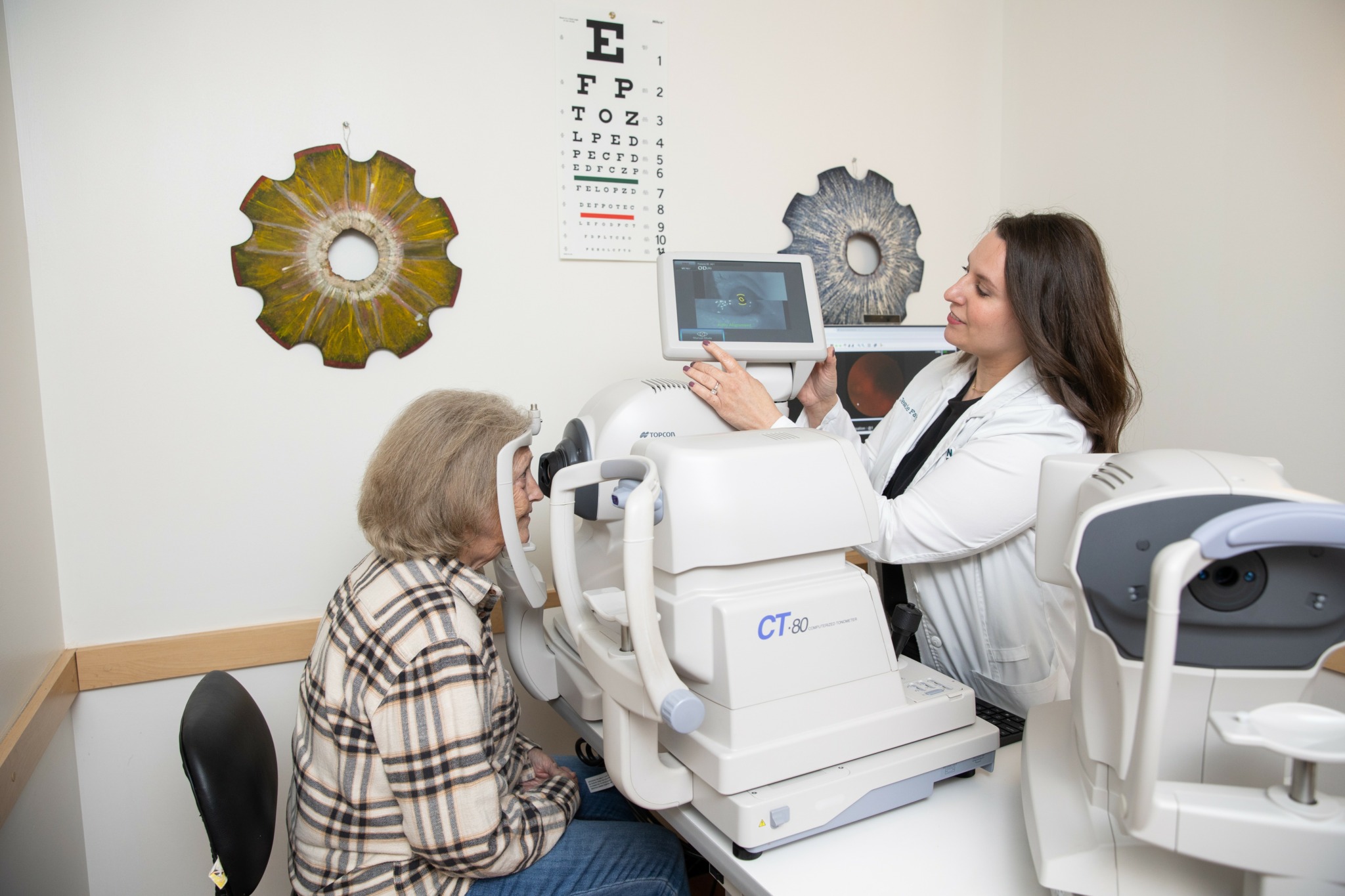
Can you tell us about a time you’ve had to pivot?
Prior to opening my own practice, I was almost seven years into working as an associate at another eye clinic. My bonus was increasing significantly each year but I was having to see more and more patients a day to meet my goals. In order to see that many patients, the doctor has to delegate much of the exam elements to technicians. While I trusted the technicians, I wanted more time with my patients to provide the care they needed. The only way to accomplish that goal was to eliminate insurance due to the ever-decreasing reimbursement rate that forces doctors to see more patients. Thus was the beginning of my entrepreneurial journey to open an independent eye clinic that is strictly self-pay. My business is still in it’s infancy, however, I’m happier and my patients leave knowing they have received quality care that many feel they haven’t had any years.
Contact Info:
- Website: https://www.visionaryfec.org
- Facebook: https://www.facebook.com/profile.php?id=61573786504741
- Linkedin: https://www.linkedin.com/in/jessica-fawer-784b10224
